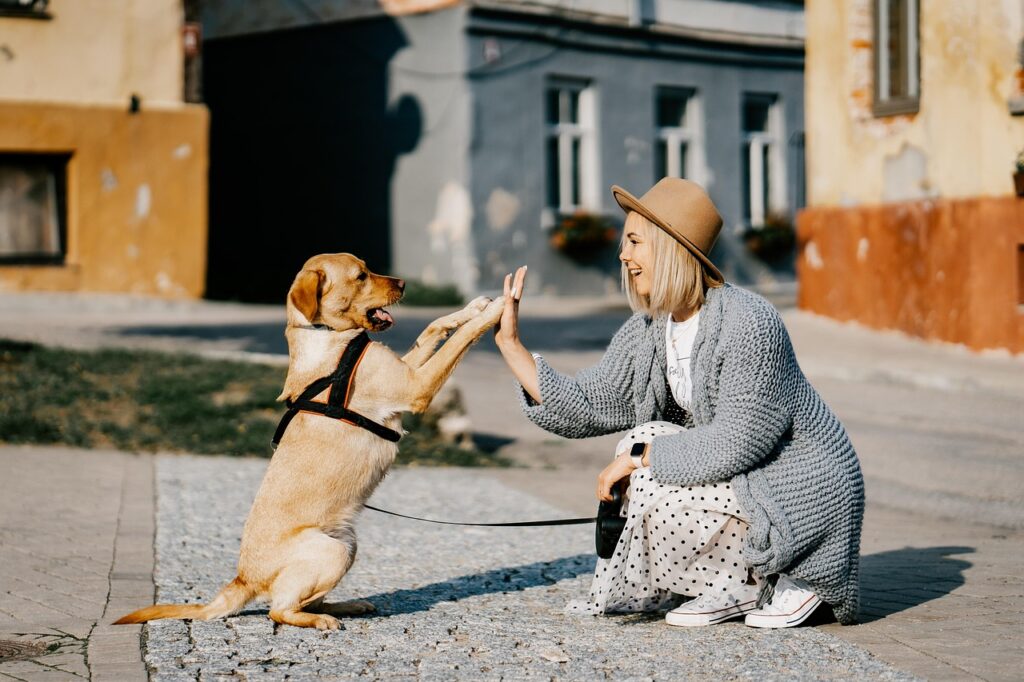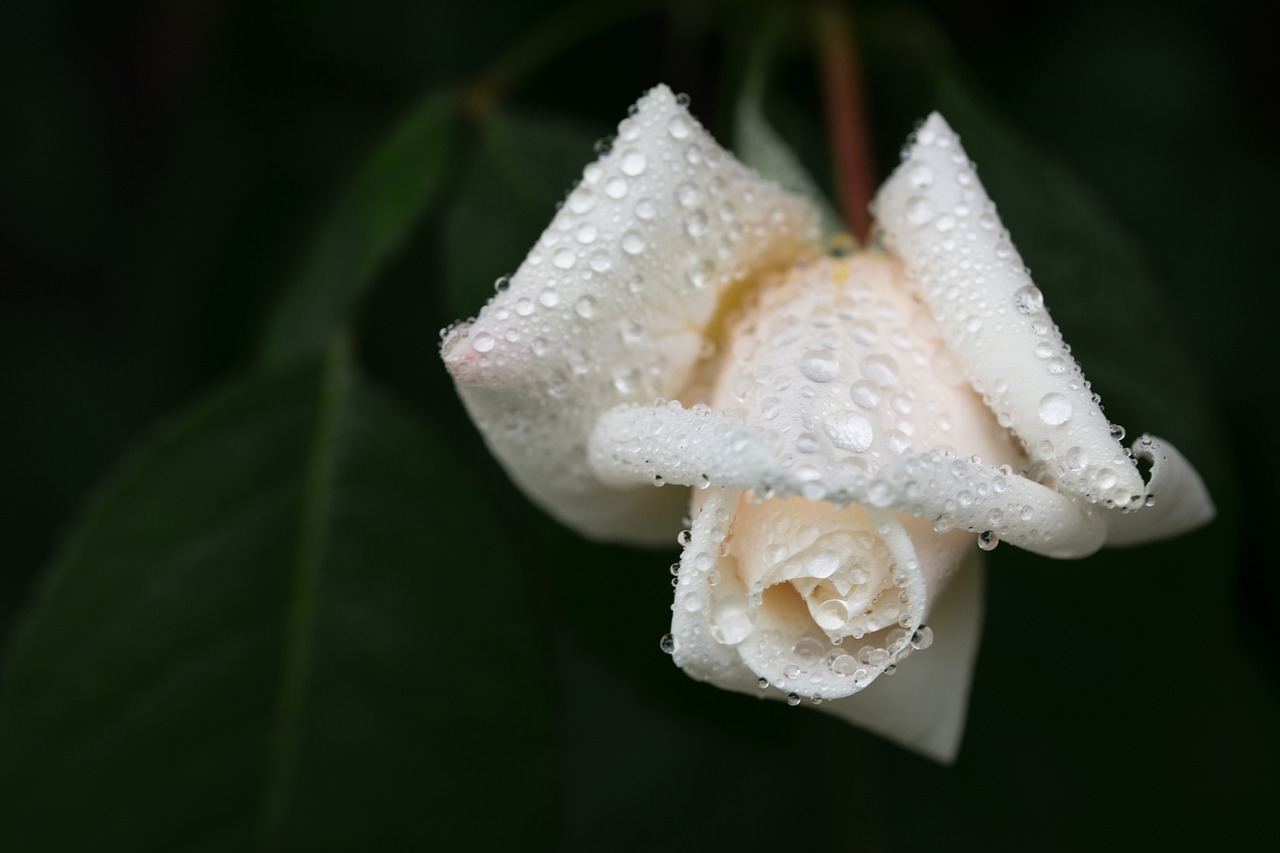One night at bedtime my 2-year old announced that Wolf, one of the nursery school hamsters, had died. “He’s gone and he’s not coming back,” she intoned seriously. She went on to explain that the teacher had thrown him in the garbage. At this, my 5-year old looked up, somewhat startled: “You mean she just put him in the garbage?” “Yes.” “I don’t think that is right.” She went on to describe what she thought should have taken place – “Everyone should make a circle and hold hands. They should all say what they loved about Wolf and say goodbye.” Seeing that I am a dyed-in-the-wool ritualist, I guess the apple does not fall far from the tree.
It is clear, from the correspondence we have received at ritualwell.org, that the death of a pet can be a significant and traumatic event in someone’s life, an event in need of a ritual to mark it and to assist the mourners in moving on. Judaism, traditionally, has no such ritual, but Judaism also does not have a category for pets in the modern sense of the concept (ancient biblical words for animals divide them into wild beasts and livestock). It seems to me that it is important to distinguish a pet from a person. One does not enter into the same rituals of mourning for a pet as one does for a human — funeral, kaddish, shiva, el maleh rachamim, etc. So, what is an appropriate ritual?
Certainly, the one my daughter envisioned fits the bill. Friends and family gather, talk about the life of the pet and say goodbye. Many normative Jewish mourning rituals wo uld seem inappropriate, given the distinction most of us make between animals and humans. What else might one do?
- Many people bury the pet in the backyard. It is fitting to mark the gravesite with a boulder or other stone.
- A candle could be lit and burned down in memory of the deceased pet.
- Appropriate prayers might include poetry on human-pet relations and/or some words from the Bible. Consider Genesis 9:8-11 in which God describes God’s covenant to Noah, his descendants and all the animals. Also, Psalm 104:10-18.
- Writing your own poem or essay on what your pet meant to you and sharing it might be healing.
- You might choose to keep something that belonged to the pet – a leash, a bowl, a toy – in its memory.
- Frame a picture of your deceased pet and display it prominently.
There are many websites on coping with the loss of a pet. Particularly helpful is The Humane Society.
For Those with Young Children
While the loss of a pet can be traumatic for a child, if we are lucky a child will experience the loss of a pet long before he or she has to cope with other human losses. Despite the pain, the loss can actually help prepare your child for dealing with other deaths. She learns that all things come to an end, and that one can both experience grief and heal from loss.
The advice of experts is to hold off on getting a new pet until the deceased pet has been fully mourned. We don’t believe or want to teach our children to believe that a unique being can be replaced by another. Even if your child pleads with you, hold off. It is healing for them to feel the pain.













